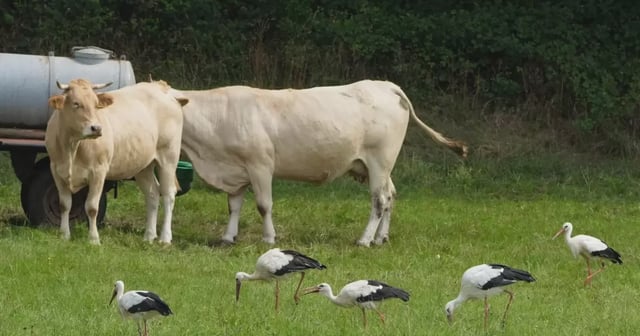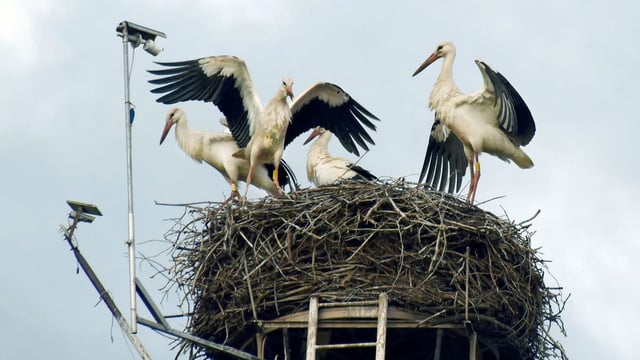Overview
- In Saxony, the juvenile departure is running about one to two weeks ahead of recent norms, with test flights noted in mid‑June and many young birds already gone by July and August.
- Adults are lingering to build fat reserves, and major pre‑migration concentrations are visible in Hesse, including 500–600 storks at Büttelborn, where the state hosts roughly 1,500 breeding pairs.
- The Leipzig monitoring area logged a record since 1960 with around 160 occupied nests and about 270 fledged young, yet spring drought and cool spells left roughly a quarter of pairs there without fledged chicks.
- Southwest German storks typically follow the western flyway over France and Spain and cross at Gibraltar to the Sahel, while a growing number now overwinter in southern Spain where landfills provide food; eastern birds route via Turkey and the Bosporus toward East and Southern Africa.
- Nabu reports juveniles were already moving toward France and Spain in the first half of August, with parents expected to follow later during the broader September–October migration period.


